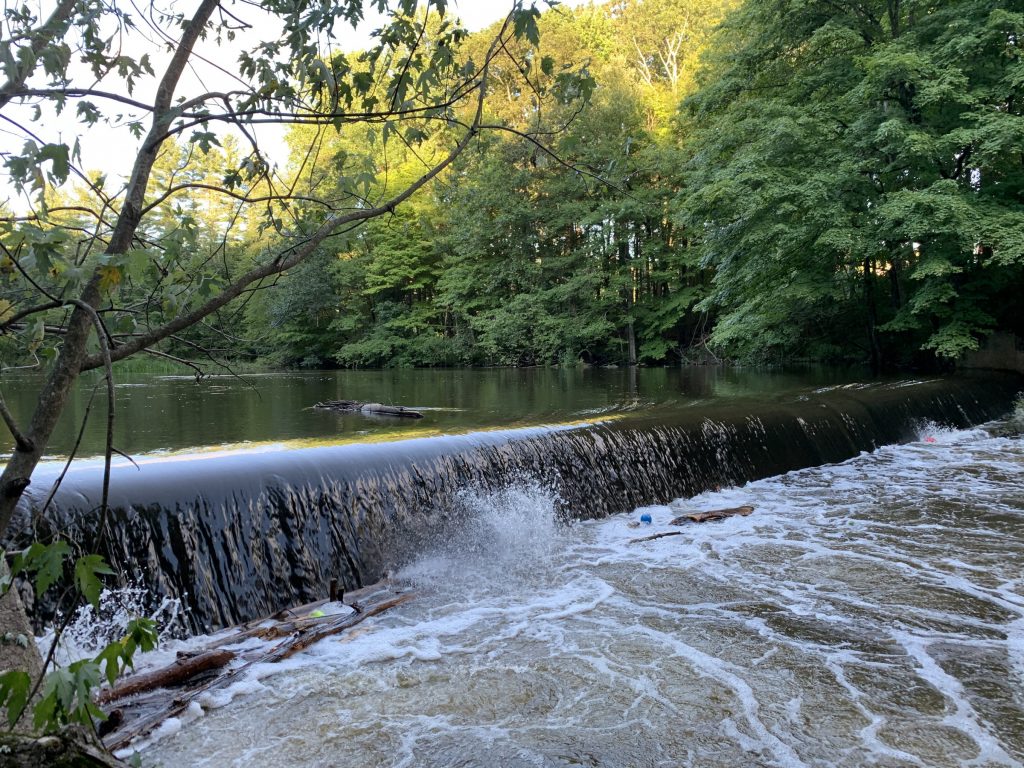Funded projects will benefit Queens, New Haven, Norwalk River, and the whole Long Island Sound region

New Haven, Conn. – On Tuesday, President Biden signed the Consolidated Appropriations Act. This landmark, bipartisan bill increases budgets for the Environmental Protection Agency, Department of the Interior, and Department of Energy, and adds $1 million to the Long Island Sound estuary program, among other investments.
“The targeted support for environmental justice, clean water, habitat restoration, and clean energy in this package shows our legislators are paying attention,” said Leah Lopez Schmalz, vice president for programs at Save the Sound. “We’re profoundly grateful to the entire New York and Connecticut congressional delegations for their sustained commitment to Long Island Sound and the communities that surround it. These investments will protect and restore our natural resources, create well-paying jobs in growing industries, and protect public health.”
Among the specific projects funded by the bill are three on which Save the Sound is a lead partner, spanning geography from Little Neck Bay in Queens, NY to New Haven, CT, and covering practices from wetland restoration to green stormwater infrastructure.
“We are incredibly grateful to Congressman Tom Suozzi (NY-3) for his unwavering support of environmental restoration projects,” said Katie Friedman, New York ecological restoration program manager at Save the Sound. “The support in this funding bill for wetland restoration and green stormwater infrastructure in Queens is a clear reflection of the dedication of community members like the Douglas Manor Environmental Association and Douglas Manor Association to the critical, beloved, and threatened ecosystems in their communities. Coastal restoration and green infrastructure in the Little Neck Bay watershed will contribute to the future resilience of both ecosystems and infrastructure.”

“The Norwalk River and the communities and wildlife who rely on it will greatly benefit from the funding in this budget dedicated to the removal of Dana Dam (aka Strong Pond Dam) and ecological monitoring of a truly unique and important natural system,” said Anthony Allen, assistant director of ecological restoration at Save the Sound. “This would not have happened without the steadfast advocacy of Congressman Jim Himes (CT-4), and we deeply appreciate his support of this work to improve ecological connectivity, recreational access, and community infrastructure for the benefit of his constituents.”

“New Haven has long been a pioneer in green stormwater infrastructure within the Long Island Sound region, and we are committed to continuing our efforts to pilot new practices, promote proven solutions, and work closely with communities—particularly those experiencing environmental injustice—to develop and implement this work,” said Nicole Davis, watershed coordinator at Save the Sound. “Senator Murphy, Senator Blumenthal, and Congresswoman DeLauro (CT-3) have been absolutely incredible supporters and advocates for environmental efforts—this is but the latest example of their leadership. As climate change brings more frequent intense rain events and localized flooding, green stormwater infrastructure can transform streets in cities like New Haven into greener, more nature-like, and more absorptive landscapes that mitigate those climate impacts.”

Save the Sound is also a partner on another funded project, led by The Maritime Aquarium at Norwalk, that will remove derelict lobster pots off the coast of Norwalk, CT. “Getting these lost traps out of the Sound will help our whole ecosystem by reducing the ‘ghost fishing’ that needlessly traps and kills marine life every year. Save the Sound is looking forward to working with the fishing fleet to start clearing them,” said Bill Lucey, Long Island Soundkeeper and past commercial harvester. “I’d like to thank Senators Blumenthal and Murphy and Congresswoman DeLauro for their support, as well as state Senator Craig Miner, who raised the bill back in 2018 that made this possible today.”
Each of these historic investments in Long Island Sound and its surrounding ecosystems are essential to a healthy future for residents of Connecticut, New York, and the greater region.
###
